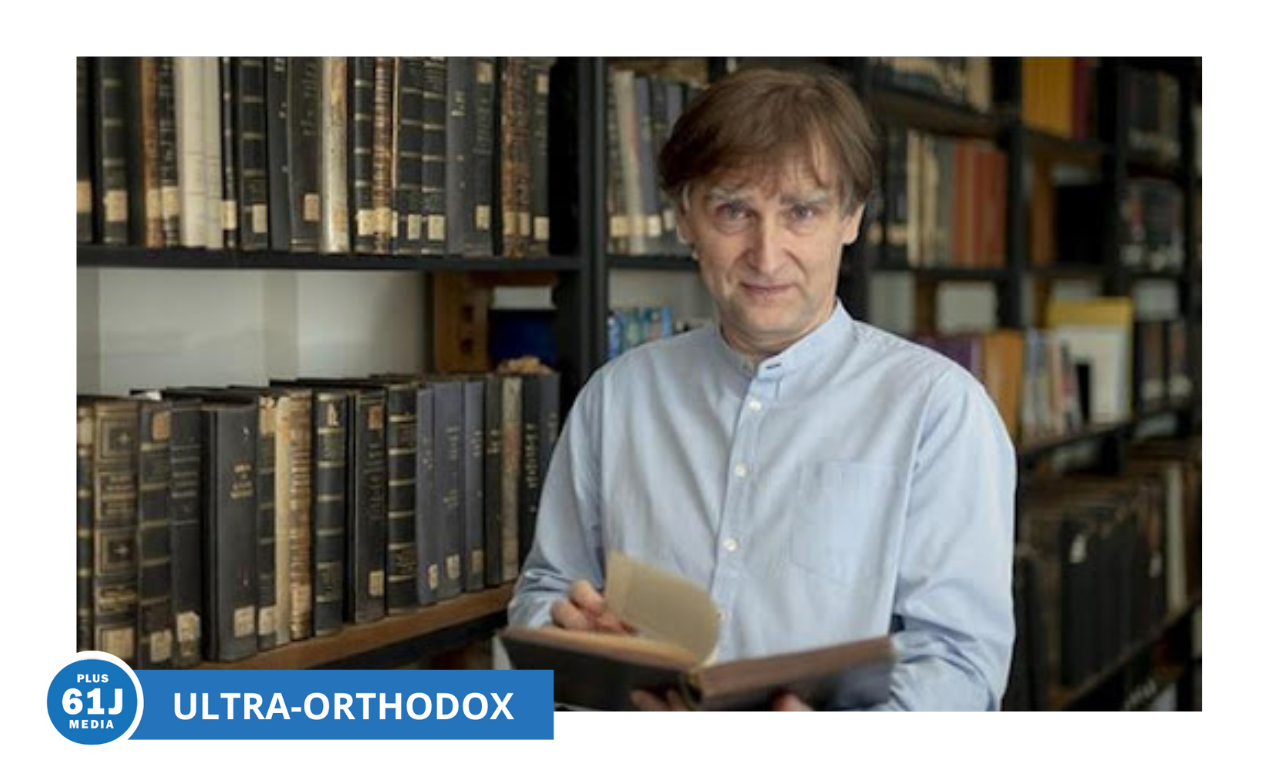Published: 28 March 2019
Last updated: 4 March 2024
So for Purim perhaps more than any other time of year, innovation is very much part of Australian Jewish life – much of it away from traditional “women upstairs, men downstairs, what the rabbis says goes” synagogue structures. We are becoming more diverse, more democratic, more grass roots and more customised to the preferences and values of individual communities.
Purim with its vivid and dramatic story has always been a moment of departure from rules and predictability. At the heart of the holiday is an idea of “nahaphuch”, that things are turned upside down, reflecting the unlikelihood of a Jewish woman chosen to be queen, and of the humble Mordechai being led through the streets, then honoured by the man to whom he was previously expected to lower himself.
Most powerfully, we read of the Jews being given an 11th hour reprieve from a collective death sentence, and less well known is the passage at the end of the megillah, of Jews being empowered to exact revenge and conduct a bit of mass murder of their own.
“Less well known is the passage at the end of the megillah, of Jews being empowered to exact revenge and conduct a bit of mass murder of their own.
Disorder permeates the day – the usual moderation around alcohol is frequently ignored on Purim; historically in German Jewish communities, the standing prohibition on gambling was waived. Generally, rules are relaxed and the unexpected happens, imbuing the holiday with a carnival quality.
Throwing things in the air gives space and freedom to innovate: the Purim spiel was born in Eastern Europe around 1500 years ago, giving rise to the wonderful and enduring tradition of retelling the story with satire and contemporary application.
But in this moment of innovation and openness, there is also a case for the tradition of literally reading the whole megillah. It is wonderful that communities are sharing the story of Purim in song, spiels and in discussion. But there’s no substitute for reading the story from a scroll from beginning to end – as there is no substitute for reading the full Torah portion each week.
The same synagogues and temples that are sometimes slow to innovate, deserve credit as custodians of this incredibly important practice – maintaining the skills and tradition of full public readings so that each generation is empowered to make the text its own and find its own meaning and understanding.
Interpretation of the text is wonderful but is a poor substitute for the ritual of full reading - teachers and rabbis are inevitably filtering and editorialising the story for their communities.
In a lovely piece published by Jewish Women of Words, an Australian platform for emerging women writers, Maya Saxon Kron writes of how preparing for her recent batmitzvah, she read the “unabridged” megillah for the first time – and was frequently “disgusted and disturbed”. There is certainly much in it that is disgusting and disturbing for reasons she unpacks with great insight. The treatment of women is appalling and the replacement of one set of murders with another is more than a little troubling.
But that’s the story; it speaks of the lived experience of a people subjugated to the whims of a capricious ruler, as much as it does of a fantasy of Jewish power. It also reflects a reality about the status of women that sadly still resonates.
“People who reject the full reading because of the nasty bits are missing the point as badly as are the people who read the story literally as a moral example.
People who reject the full reading because of the nasty bits are missing the point as badly as are the people who read the story literally as a moral example. Our work is to navigate the story ethically and as a tale of history and human experience.
It’s not a moral guide and we don’t need to live by it or remove parts, to love it. Our Jewish responsibility is to read and re-read it. Filtering the megillah “dumbs down” our tradition and denies people the chance to step into the story in all its wild, disturbing and jubilant gloriousness.
Megillah reading is no less than opera. The ‘trop’, the traditional musical notes with which the story is read, is beautifully evocative and very much enhances the drama and scale of the story. As the people of the book, our book comprises more than laws and ethics, it’s also a book of stories.
From Friday night Kiddush to the full-scale story telling that takes up much of the Pesach seder we are a people who re-tell our stories. And we need the people who are committed to refreshing Jewish life to be part of that tradition too.
We need communities of innovators, of course, but we also need communities that are truly Jewishly literate, who can read our texts as they have always been read so that we can read them as they have never been read. The one is not possible without the other.



